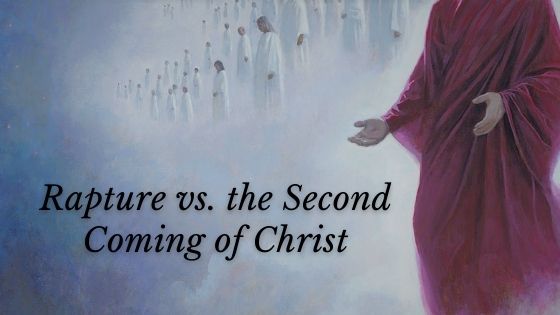Rapture Versus Second Coming
Many Christians reject the pre-tribulation rapture due to a lack of understanding that the return of Christ occurs in two stages. Although the Bible seems to present only one event, an in-depth study of these passages shows that they describe two separate events. On my YouTube channel, I posted a short video of Pastor John … Read more

